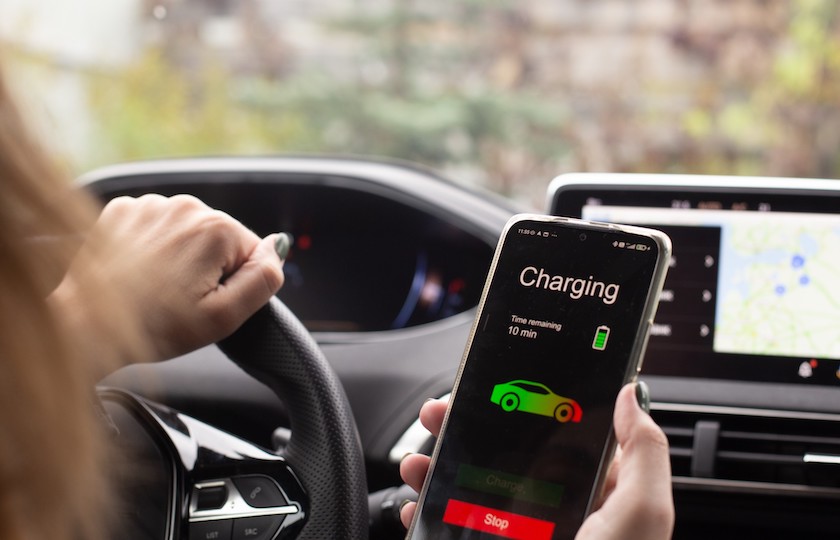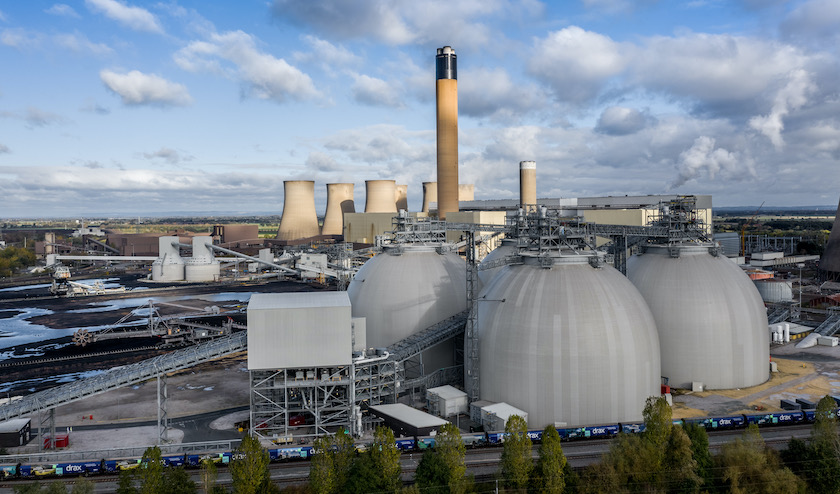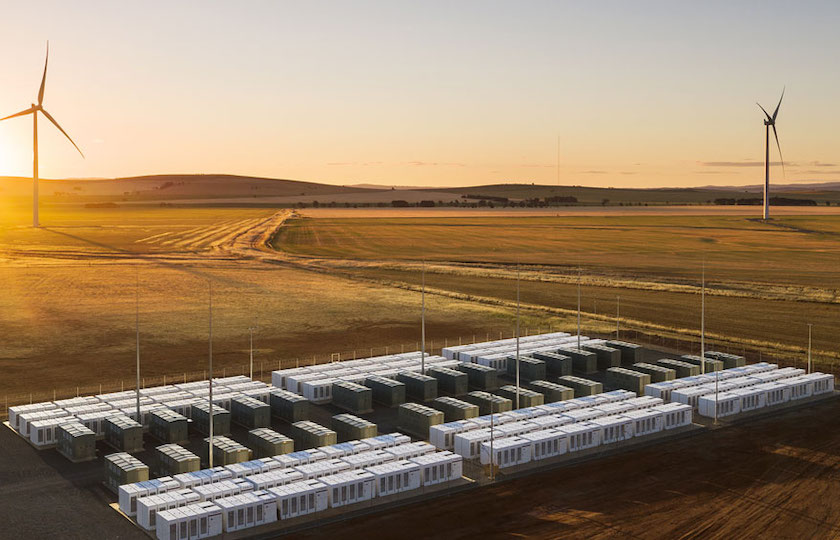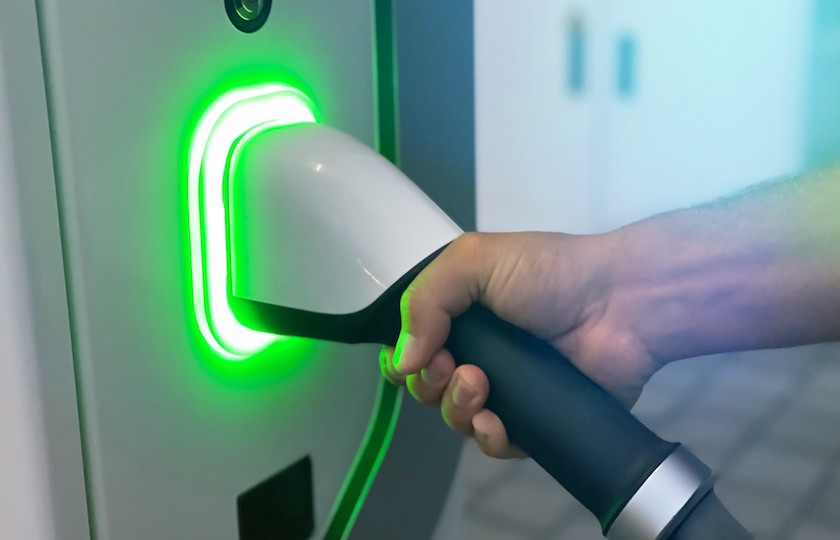The world’s fleet of electric vehicles will grow dramatically during the next decade, but with some countries already struggling to maintain stable electricity supplies to keep their populations warm at night, how will we keep all these EVs’ batteries charged?
In countries as diverse as Norway, New Zealand and the US, governments are actively encouraging the uptake of EVs among consumers, businesses and government departments. Just this month, US President Joe Biden signed an executive order mandating a reduction in federal emissions, including “100 per cent zero-emission light-duty vehicle acquisitions by 2027”. The government is also resuming subsidies for the purchase of electric vehicles – this time for models produced in US factories (although a codicil that the factories’ workforces must be unionised would exclude the single largest manufacturer, Tesla, which has prompted another controversy). According to the Washington Post, the Biden administration wants to see EVs account for half of all sales by 2030. New York state has banned the sale of any internal combustion cars and trucks from 2035.
In New Zealand, the Labour government introduced subsidies on electric vehicles and some hybrids from July of this year, of up to NZ$8625 (US$5860) for new vehicles and $3450 ($2343) for used cars. Buyers of conventionally powered vehicles will be forced to pay levies from next January to help fund the scheme. The government had earlier committed to a plan to convert almost all of its fleet to electric power, but there has been little if any progress on that plan.
In the UK, buyers can get a grant for an electric car of £1500 (US$2000), while in Germany a €4000 (US$4515) subsidy was introduced in 2016. Norway enjoys one of the world’s most electrified fleets, accounting for 54 per cent of the market, thanks to the exemption of electric vehicles from taxes applying to vehicles running on fossil fuels, which made EVs a cheaper option.
In the UK, the Conservative government is taking into account infrastructure that will inevitably be required if the country meets its goal of having 70 million EVs on its roads. New building codes require that from next year, every new house must have an EV charging point included because retrofitting such points can entail an expensive, complex bureaucratic process, which is discouraging consumer uptake of EVs.

All this type of proactivity is causing a rapid acceleration in EV sales worldwide. According to BloombergNEF data released at the recent COP26 event, sales of passenger electric vehicles soared by more than 80 per cent this year to 5.6 million units.
The organisation estimates that the global fleet currently numbers nearly 13 million, of which about 8.5 million are considered true zero-emissions vehicles – that is, they run on either electric batteries or fuel cells.
That’s great, but what about the charging capacity?
All those electric cars, trucks and buses hitting roads around the world will do wonders for reducing carbon emissions – but in solving one problem, they are creating another. Recharging the vehicles will take a huge investment in the electricity grid to be able to both generate additional power to recharge vehicle batteries and then distribute it to where it is most needed. A lesser but equally taxing problem is developing a network of recharging facilities that will allow owners of electric vehicles to venture outside the boundaries of city limits, and travel beyond the range of a return trip to their home or workplace charging point.
The Washington Post recently reported on one study that concluded the US would have to invest as much as US$125 billion into the national grid to handle electric vehicles, noting that the infrastructure bill contained just $5 billion towards transmission line construction and upgrades, leaving a massive shortfall for – presumably – private enterprise to pick up.
Demand for electricity is surging even without the rapid growth in electric vehicles. The same Washington Post report cited the state of New York estimating that by 2050, electric cars, trucks and buses would use 14 per cent of the state’s total electricity output. That would be equivalent to half of all the electricity used in New York City just two years ago, or – expressed another way – is equal to the power required by a city of 4 million people.
“Overall demand could grow by as much as 50 per cent,” the Post reported.
Dr Lurion De Mello, Course Director Finance at Sydney’s Macquarie University, an economist and Co-Chair of the Australasian Commodity Markets Conference, has a particular interest in energy issues. He describes himself as “unbiased” in terms of the merits of one energy source over another.
“The world is entering a new energy crisis the likes of which hasn’t been seen since the 1970s,” De Mello wrote in October. “European and Asian gas prices are at an all-time high, the oil price is at a three-year high, and the price of coal is soaring on the back of energy shortages across China, India and Germany.”
With energy sources already under pressure, how on earth is the world going to be able to build and maintain an energy supply infrastructure that will expand enough to power tens of millions of extra electric vehicles, Viable.Earth asked De Mello.
He says the solution lies in embracing multiple forms of energy generation and finding ways to store energy generated off-peak for use during times of peak loads. Clearly, the issue is vastly broader in scale than a discussion about building more power lines and recharging stations. And solutions will require ongoing use of existing means of generation, including relying on fossil fuels, until technology and scale allow less environmentally friendly sources to be phased out in favour of cleaner ones.
How EVs shift fossil fuel use from one place to another
There is an inescapable irony in the fact that the rapid adoption of EVs means that while fewer cars will be relying on fossil fuels to operate, the greater demand for electricity to charge them will rely – at least for the short term – on power generation from the burning of fossil fuels like coal and oil.
“Most electricity is generated from coal, so, if you’re not going to decarbonise the source of the energy or the source of the electricity, how is that going to get us to reduced-emission targets?” says De Mello. “If you have a huge influx of electric vehicles over the next 10 or 20 years, that’s going to put a lot of pressure on the electricity requirement.”

And that will occur during a time when even developed countries – such as the UK and even New Zealand in recent months – have been suffering from major power cuts leaving people struggling to stay warm, and problems in the UK and Singapore where multiple electricity generators and distributors are going bust.
“That’s predominantly because the government has forced a cap on the price at which they can supply electricity to the public, yet generation costs have gone through the roof and electricity retailers haven’t been able to pass some of their extra costs on to the consumers, who are sick and tired of paying high bills.”
De Mello says any further draw on electricity demand – without having the proper supply structure set up, and new technologies being adopted – is going to exacerbate an already delicate situation.
While Australia has done “a great job” with solar – the nation boasts the highest per capita adoption of solar panels in the world – “there are parts of the planet where the sun doesn’t shine and the wind doesn’t blow, where you are going to have issues and that’s exactly what’s happening in the UK at the moment”.
He has concerns that the UK has gone too far too fast with renewable energy sources like wind.
“It’s not a pure argument saying this is what you get for going towards renewables too quickly. Boris Johnson has this idea of making the UK the Saudi Arabia of wind, but if the wind doesn’t blow then what is your backup? The UK cannot go back towards coal, because only around 5 per cent of the electricity generated there comes from coal. Recently, it’s been creeping up because they’ve refired some of their coal power stations. So, in my view, gas is the natural choice for Europe, as a backup when the wind doesn’t blow.”
But relying on natural gas comes with its own complication: price volatility. European natural gas prices have this year soared to record levels. At the time of writing it is nudging US$135 per 1000 cubic feet on the Title Transfer Facility, the Dutch trading platform, driven by recovering demand, supply chain disruptions and unfavourable weather, according to online trader Capital.com. Geopolitical tensions over the completion of a pipeline under the Baltic Sea supplying Russian gas to Germany and beyond is another factor influencing price volatility. European gas prices have soared by 500 per cent this year, and by around 150 per cent in the US and Asia. CNBC likens the European price spike to the equivalent of oil trading at around $200 per barrel (it’s currently around $70).
A broader challenge
The generation problem is part of the broader challenge the world faces in achieving emission reductions.
“The International Energy Agency (IEA) has said it is going to cost us around $700 trillion to reach net-zero emissions by 2050, and these targets are looking more and more unlikely. This is like a 100-year journey rather than a 30 to 40-year journey,” explains De Mello.
A first step is eliminating wasted electricity, ensuring every kilowatt generated is either used or stored and not ‘lost’. This is easier with sources like hydroelectricity, where the flow of water can be adjusted through the day – even to the point where it can make sense to pump water back into the dam and use it again. For decades, consumers in developed countries have been incentivised by their retail power suppliers to schedule activities like clothes washing and stored water heating to off-peak hours through lower tariffs. Likewise, electricity-dependent industries have been encouraged to defer energy-intensive activities into the small hours wherever possible – all to even the load during times when consumers are asleep and most of their appliances are turned off, thus using little energy.
In tandem with steps to even out electricity consumption, finding ways to store energy is key to the success of new-generation cleaner energies, like solar, wind or tidal power where the rate of generation cannot be regulated because it relies solely on nature.
Storage, says De Mello, is “the biggest hurdle for solar and wind at the moment”.
A recent policy failure in the UK saw a wind-generation project collapse, at a cost to the government of around $2.6 million, because while the wind was plentiful, the energy being generated was not required in the region. He says projects like this must be planned in terms of whether they are connected to the main grid (and here isolation appears to have made that impractical) or are they operating more like silos or what are loosely called microgrids.
A growing number of energy storage projects are being developed, including the controversial project at Hornsdale in South Australia, which was last year expanded to deliver 150 megawatts, or 189 megawatt-hours. The storage facility was built by French renewables company Neoen in partnership with Tesla, South Australia’s government and the Federal government. Its purpose is to stabilise the grid. Put simply, the energy that is generated but not used is sent to the farm to be stored in a network of giant batteries.

According to the ABC, consultancy company Aurecon found the Tesla battery has saved South Australian consumers more than $150 million (US$107 million) since it was built in 2017.
This Australian state is a classic example of what can happen when the reliance on weather-sourced green energy – the flow of which cannot be regulated – becomes too great. More than one-third of South Australian homes have rooftop solar panels fitted – that’s about 278,000 houses around the state. More energy entering the grid than is being used can cause a blackout, while harvesting energy from the sun during the day cannot supply peak evening time demand. The Neoen-Tesla project can store surplus supply and release it when it is needed – and in so doing, reduce reliance on less green sources like coal or oil-generated power that can be turned up or down according to demand.
Another of the more intriguing solutions being explored is whether the spare battery capacity of electric vehicles can be used on a microscale to help power homes. In what would represent a miniaturised version of the Adelaide storage farm concept, scientists from Australia’s University of Queensland (UQ) are partnering with Tesla’s analytics platform Teslascope to recruit owners to take part in the study which will look closely at driving and charging behaviour. While more and more cars are going onto roads with a driving range of 400km between charges, most of the cars are usually driven less than 50km each day.
The researchers are looking into whether batteries could be charged at off-peak times and at off-peak rates, with surplus power being used to meet household requirements during peak times. They could even be connected to the national grid.
Says project leader Dr Jake Whitehead: “We have a unique opportunity through this project to better understand EV driving and charging behaviour in different markets, and what are the opportunities to use EVs to provide energy services and generate extra income for owners in the future.”
A joint effort is needed
One inevitability about solving the supply challenge of keeping the growing EV fleet charged and on the roads is that it will take a broad-based solution. It will be expensive, and agreement will be required on just who foots the bill.
De Mello sees a future where if car companies want to have their cars sold in a particular market, they may well have to come up with a contribution towards the infrastructure required to support them.
In the US, some state governments are building public recharging stations, especially around high-density urban areas – although consumers are being asked not to use them at the moment, because of the existing high load on the electricity grid.
In Australia, Tesla has built a supercharger on Cradle Mountain, which has been configured to not only supply energy for its own cars.
“It’s going to require a joint effort,” concludes De Mello. “It definitely cannot all be left to the taxpayers.”



